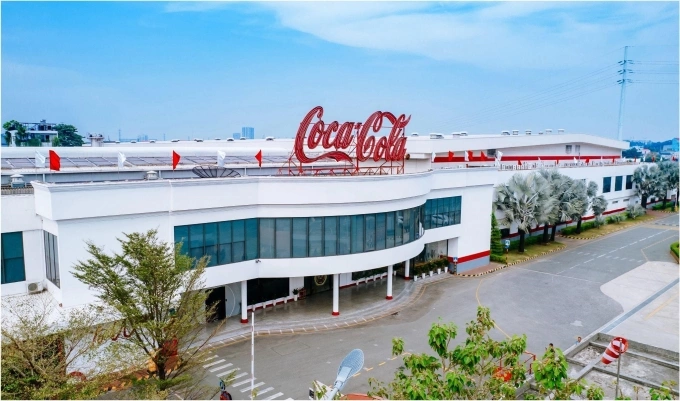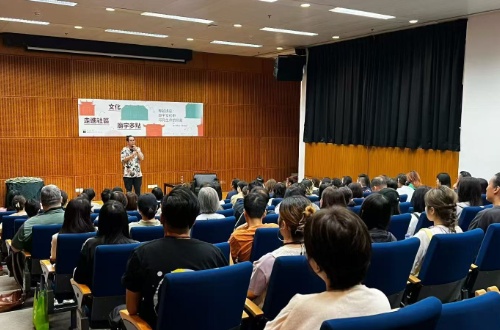
Sắp xếp trường mầm non đến cấp 3 toàn quốc trong năm 2025
Bộ Chính trị, Ban Bí thư yêu cầu các địa phương hoàn thành sắp xếp hệ thống trường mầm non, tiểu học, THCS và THPT trước ngày 31/12/2025 để phù hợp mô hình chính quyền hai cấp.

Bộ Chính trị, Ban Bí thư yêu cầu các địa phương hoàn thành sắp xếp hệ thống trường mầm non, tiểu học, THCS và THPT trước ngày 31/12/2025 để phù hợp mô hình chính quyền hai cấp.

Chỉ sau hai ngày lực lượng chức năng ra quân giải tỏa, yêu cầu ký cam kết, phố cà phê đường tàu đã hoạt động tấp nập trở lại.

TP HCM- Coca-Cola Việt Nam đề nghị tòa hủy quyết định của Cục thuế về việc truy thu hơn 821 tỷ đồng tiền thuế, song tòa xác định cơ quan thuế làm đúng pháp luật.

Tôi có nọng cằm từ nhỏ, không béo nhưng cằm lúc nào cũng ngấn mỡ, có thể điều trị bằng công nghệ gì? (Huyền Thương, 30 tuổi, Vĩnh Long)

Qatar- Thắng Áo 1-0 trong trận chung kết U17 World Cup ngày 27/11, Bồ Đào Nha giành danh hiệu vô địch thế giới cấp đội tuyển thứ ba trong lịch sử, và là lần đầu ở lứa tuổi U17.

Bộ trưởng Hải quân Mỹ hủy dự án chiến hạm lớp Constellation, có trị giá khoảng 22 tỷ USD, sau loạt vấn đề như chậm tiến độ và đội giá.




Hơn 200 cổ phiếu đi lùi, nổi bật là nhóm chứng khoán và ngân hàng, khiến VN-Index bị nhuộm đỏ gần như cả ngày và chốt phiên giảm hơn 1 điểm.